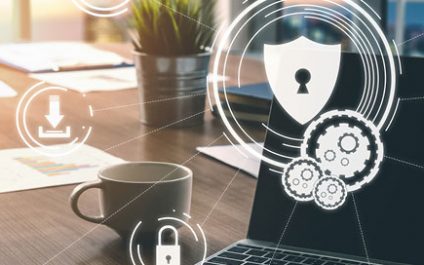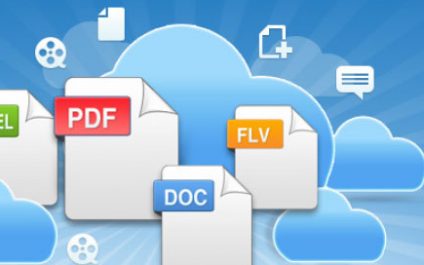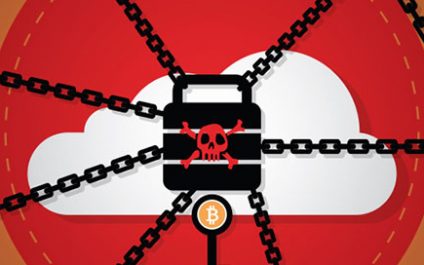A new study finds that the majority of companies hit with ransomware attacks choose to pay the ransom in hopes of quickly regaining access to their data. However, federal officials warn that those who negotiate with ransomware extortionists may expose themselves to millions of dollars in fines and penalties.
New Password Guidelines Balance Security and Ease of Use

In October, a Dutch security researcher claimed he was able to access President Trump’s Twitter account by guessing the password — “maga2020!” — after only six tries. Victor Gevers said that after he alerted U.S. cybersecurity officials, the password was changed, and two-factor authentication was added.
Say Goodbye to Adobe Flash Player

Say Goodbye to Adobe Flash Player
New Year’s Eve celebrations are likely to be tamer than usual this year due to social distancing requirements, but IT professionals everywhere will probably still break out the noisemakers and confetti. When the clock strikes midnight, they’ll finally be able to say goodbye and good riddance to the security-plagued Adobe Flash Player.
Study: Repetition Key to Phishing Awareness Training
4 Ways Contact Centers Can Improve Data Privacy

When asked why he robbed banks, the notorious thief Willie Sutton reportedly replied: “That’s where the money is.” Cybercriminals have a similarly simple motivation for targeting contact center operations — they have the best data.
Contact centers capture, store and process huge amounts of sensitive customer data such as Social Security numbers, payment card data, account numbers and purchase histories.
The Art of the Steal: How Fraudsters Are Exploiting Email
It Doesn’t Take a Bad Actor to Create an Insider Threat
Are Consumer-Grade File-Sharing Services Putting Your Data at Risk?

It has always been difficult to keep documents up-to-date and ensure that everyone on your team has the right version. Now that many employees are working remotely and sharing documents via mobile devices, the problem has only become more acute.
Cloud-based file-sharing services such as Dropbox, iCloud and Google Drive seem to provide a simple solution.
Why You Need a Cybersecurity Incident Response Plan

Virtually all companies today depend on computer networks to link employees, suppliers and customers, exchange information and facilitate a variety of essential day-to-day tasks. Unfortunately, that makes them susceptible to cyberattacks. It’s why all companies need an incident response (IR) plan — a structured process for detecting, responding to and recovering from cybersecurity incidents.
Twitter Hack Illustrates Need for Strong Identity Governance

The Twitter hack last month demonstrates once again why managing access rights and user identities has become a critical element of cybersecurity. Hackers used stolen credentials to access the social media platform’s internal tools and commandeer the accounts of a virtual Who’s Who of politicians, celebrities and technology magnates.







